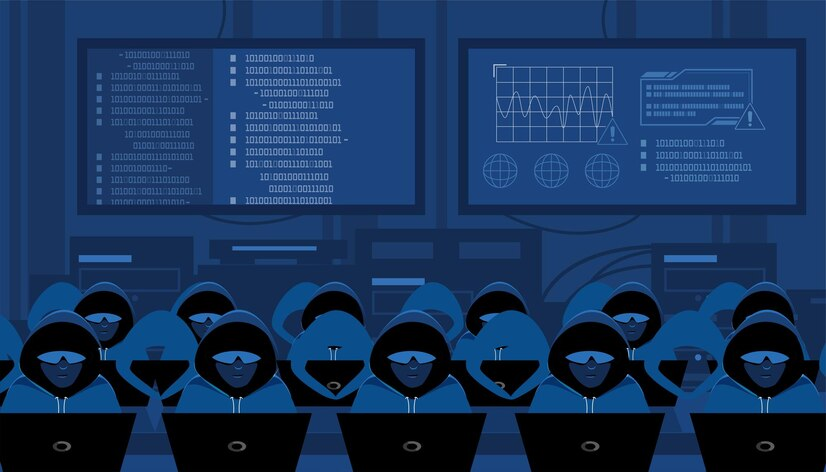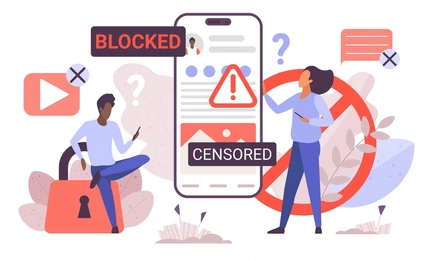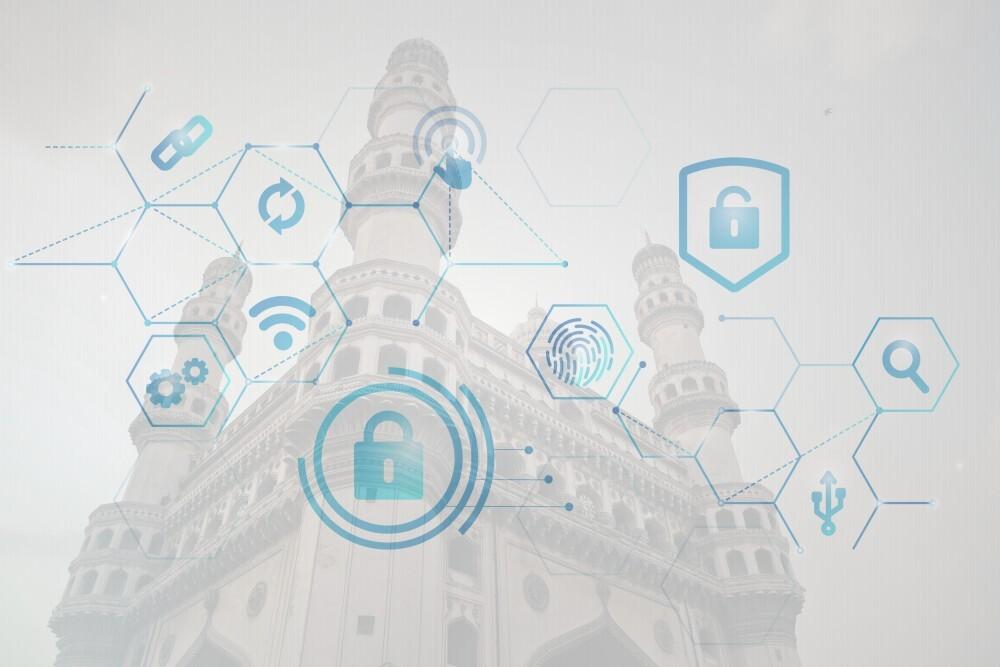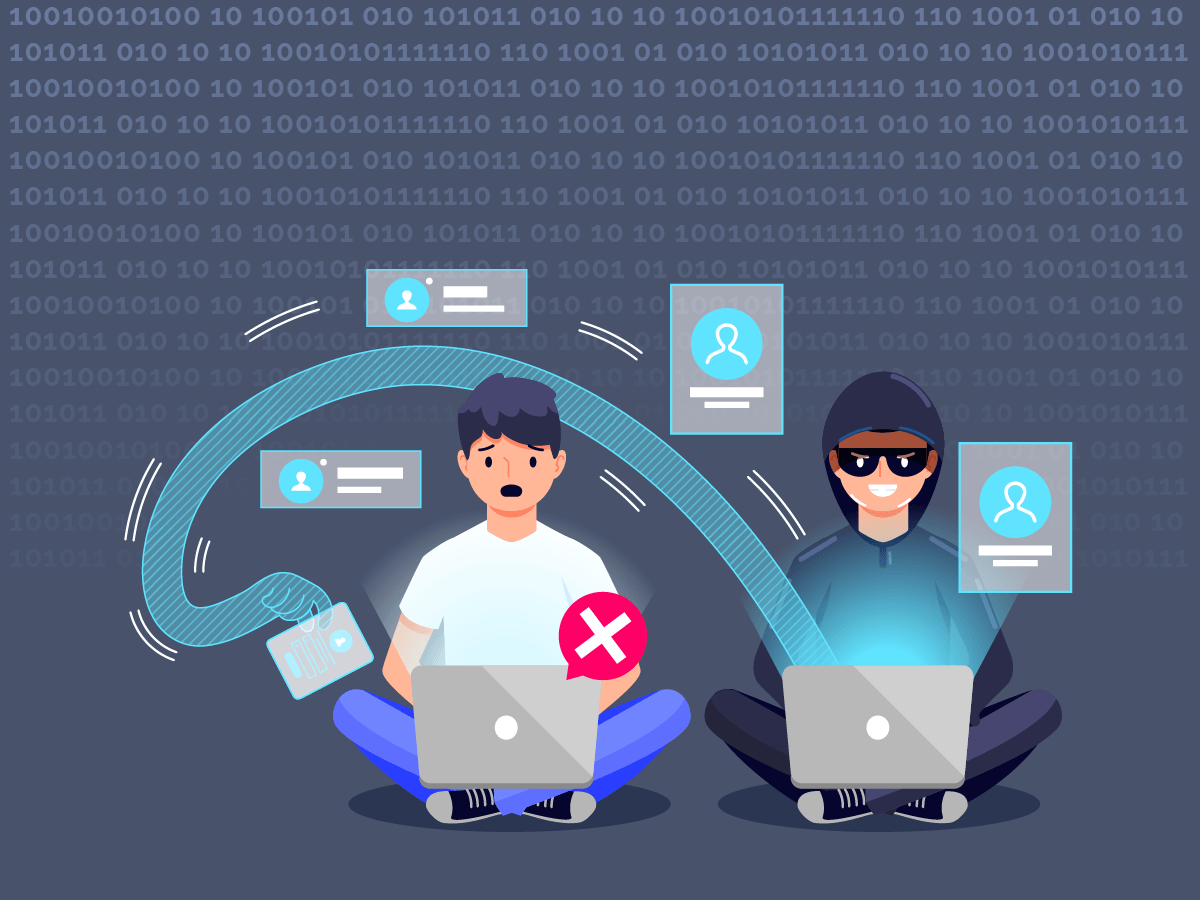
The fascination and intrigue surrounding the dark web remain as potent as ever. This hidden layer of the internet, accessible only through specialised means, stands apart from the searchable, everyday web.
Understanding the dark web's impact and relevance in the modern digital era is essential to navigate the ever-evolving landscape of cyberspace responsibly and securely. This blog will give you an insight on what is dark web and a cautionary perspective on the dark web in 2024.
Demystifying the Dark Web
The surface web is what most of us navigate daily - the visible, searchable internet indexed by search engines like Google. In contrast, the deep web comprises parts of the internet not indexed by search engines, including private databases and subscription-based content. The dark web, a small segment of the deep web, is intentionally hidden and inaccessible through standard browsers.
The most notable is the Tor network (The Onion Router), which anonymises user activity by routing internet traffic through a free, worldwide, volunteer overlay network consisting of more than seven thousand relays.
The Evolution of the Dark Web - From Inception to Present
 Traced back to the late 1990s with the creation of Freenet, a peer-to-peer platform for secure and anonymous communication. The real breakthrough came with the U.S. Naval Research Laboratory's launch of Tor in the early 2000s, initially designed to protect government communications but later released to the public.
Traced back to the late 1990s with the creation of Freenet, a peer-to-peer platform for secure and anonymous communication. The real breakthrough came with the U.S. Naval Research Laboratory's launch of Tor in the early 2000s, initially designed to protect government communications but later released to the public.
There's also been a noticeable shift in the type of content and services offered, with a rise in sophisticated cybercrime services, including malware-as-a-service and ransomware. On the flip side, there's been a growing recognition of its positive uses, such as in journalism and law enforcement, for secure communication and information gathering.
The Dark Side of the Dark Web in 2024
The dark web could be a tool for good, but it is mainly a place where illegal activities thrive due to the anonymity it provides. Here are some of the nefarious activities that take place on the dark web:
Cybercrime:
This includes the sale of stolen data, such as credit card information and personal identities, and services like hacking-for-hire. It's also a marketplace for malicious software.
Illegal Content and Services:
This includes the distribution of counterfeit currency and goods and even services like human trafficking.
Cybersecurity and the Dark Web
The dark web in 2024 continues to be a significant threat factor in the cybersecurity landscape. The anonymous nature of the dark web complicates efforts to track and mitigate threats like advanced malware, data breaches and sophisticated phishing attacks.
The dark web in 2024 has seen the emergence of new types of cyber threats and criminal activities. This includes advanced ransomware attacks that target critical infrastructure and IoT devices, AI-powered phishing schemes and the sale of zero-day exploits to the highest bidder.
There is also a rise in the use of the dark web for state-sponsored cyber activities, including espionage and interference in foreign affairs. Additionally, the dark web facilitates the trade of increasingly sophisticated hacking tools and services.
Dark web in 2024
As we look towards the future, the dark web is poised to undergo significant changes and developments such as:
Technological Advancements: We can expect advancements in encryption technologies and anonymising tools, making the dark web more secure and harder to monitor.
Anticipated Legal Enhancements: As the dark web evolves, so too will regulations and international laws, becoming more robust to counteract illegal activities and ensure data safety.
Evolving Uses: While the dark web will continue to be used for illicit purposes, its positive aspects could be more widely recognised and utilised.
Conclusion
The dark web is a space where anonymity and privacy are paramount, serving both as a shield for legitimate activities and a veil for illicit ones. The dark web, distinct from the deep web and the surface web, is accessible through specialised tools like Tor, emphasising the importance of security and anonymity. Its evolution reflects broader digital trends, with new cybersecurity threats emerging alongside technological advancements.
Understanding the dark web in 2024 is crucial. It raises significant questions about privacy, security and the ethical use of technology. As the dark web continues to evolve, it is important to stay informed and aware of its implications for society, law and technology, navigating the challenges and opportunities it presents in our interconnected world.





